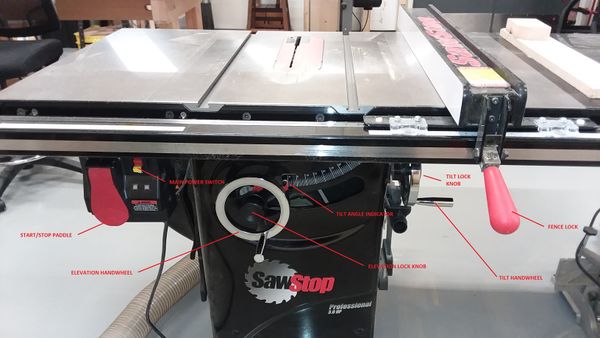Difference between revisions of "Serger"
| Line 118: | Line 118: | ||
|Tech | |Tech | ||
|- | |- | ||
| − | |Change the | + | |Change the needle |
|As Needed | |As Needed | ||
| − | | | + | |User |
|} | |} | ||
Revision as of 16:50, 17 August 2020
Make: Janome
Model: MyLock 634D
Serial Number: 6E1013527
Ace: Sara Wytsma (swytsma23@georgefox.edu).
Location: The Hub
Description
Sergers preform a type of stitch known as overlock stitching. An overlock stitch is a type of stitching that sews over the edge of one or more pieces of fabric. Sergers also have the ability to cut off the excess edge as it is fed through the machine. This type of stitching is useful for edging, hemming, and seaming. This process will create a clean edge of your fabric that will not fray.
The Janome MyLock 634D features 2 needles and a choice of 2,3, or 4 thread overlocking stitching. The color-coded thread guiding makes threading simple and easy to follow. The MyLock 634D allows the user to easily switch from overlock stitching to rolled hemming without needing to change to needle plate. Some of the key features of the MyLock 634D are a tension release device, easily accessible lower looper guides, changeable thread guide, easily retractable upper knife, adjustable foot pressure, and more.
Documentation
Terminology
- Rip - Cuts made along the length of the wood.
- Cross-cut - Cuts made across the grain along the shorter side of the wood.
- Push stick - A piece of wood or plastic used to push the wood being cut through the blade while keeping fingers away from the blade.
- Fence - A guide for measuring the cut and guiding the wood.
- Riving Knife - A flat metal device that mounts behind the saw blade. This device prevents material from closing up on the blade and causing a dangerous condition called a material kickback.
- Sled - A fixture that is placed on top of the table to assist with cross cuts. The sled keeps material perpendicular to the blade and helps to prevent the blade from kicking back material.
Training
Operation
All information on this specific machine can be found in the User Manual
A simple intro to serging:
Sergers are great for adding zippers into your project. Here is a helpful video to lead you through the process.
Demonstration
Demonstrate you can safely setup the saw and rip a board. You will then proceed to cross cut one of the remaining pieces. Remember to set the blade height so it is protruding less than 1/4" out the top of material for less exposure. When performing a rip cut the fence is used to guide the lumber into the blade. You want to make sure that the distance between the fence and blade is the width of desired cut. Mark the edge of the material when doing a cross cut so you can align the material with the blade in the sled. You can also use a miter gauge for making cross cuts but make sure the material is long enough and well supported.
General Procedure
Safety
There are several hazards you need to be aware of when using a Serger.
- Never use a bent needle.
- Keep fingers away from the needle and moving parts.
Certification
Troubleshooting
If the blade appears to need sharpening ask the tech to change out the blade.
A sign of a dull blade is as follows:
1. Burning of material
2. More resistance when cutting
3. Rough cut edges
4. Increased cutting noise
5. Increased motor noise
Maintenance
General maintenance
Keep the saw clean and use the dust collector. There are several lubrication points on the saw that need to be checked by the tech.
Specific Maintenance Tasks
| Maintenance Procedure | Frequency | Done By |
|---|---|---|
| Lubricate mechanisms | Semester | Sample |
| Clean machine interior | Monthly | Tech |
| Change the needle | As Needed | User |

